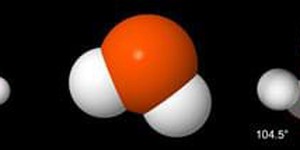3D Printing Lesson Plans (1 result)
3D printing, also called additive manufacturing, is a rapidly changing technology that allows for the quick creation of small batches of products. Traditional manufacturing usually involves cutting products out of raw materials or pouring raw materials into molds. In contrast, 3D printing creates a product by adding layer after layer of material using computer-controlled robotics. 3D printing processes are being used to create a growing number of products, from food to custom prosthetics. With the help of different types of 3D printers, additive manufacturing can be used for enormous objects like a house or rocket as well as tiny things the size of a pencil tip.
|
Select a resource
Sort by
|
Lesson Plan
Grade: 9th-12th
Students are challenged to use computer-aided design (CAD) software to create "complete" 3D-printed molecule models that take into consideration bond angles and lone-pair positioning. To begin, they explore two interactive digital simulations: "build a molecule" and "molecule shapes." This aids them in comparing and contrasting existing molecular modeling approaches—ball-and-stick, space-filling, and valence shell electron pair repulsion (VSEPR)—so as to…
Read more
NGSS Performance Expectations:
|
Explore Our Science Videos
Marble Machine: 2016 Engineering Challenge
Two-Stage Balloon Rocket Introduction
Turn Milk into Plastic! Lesson Plan Introduction





